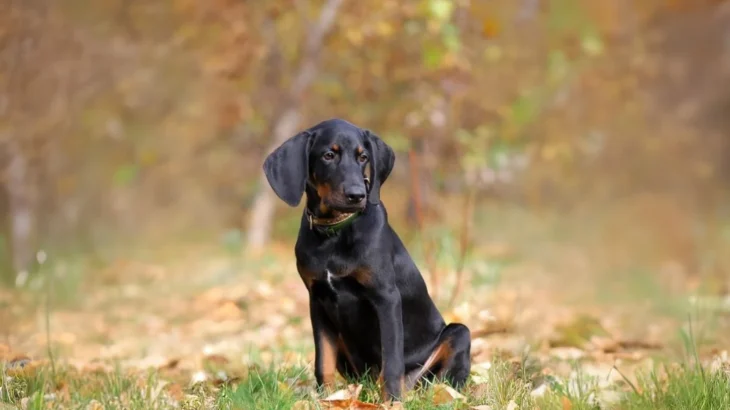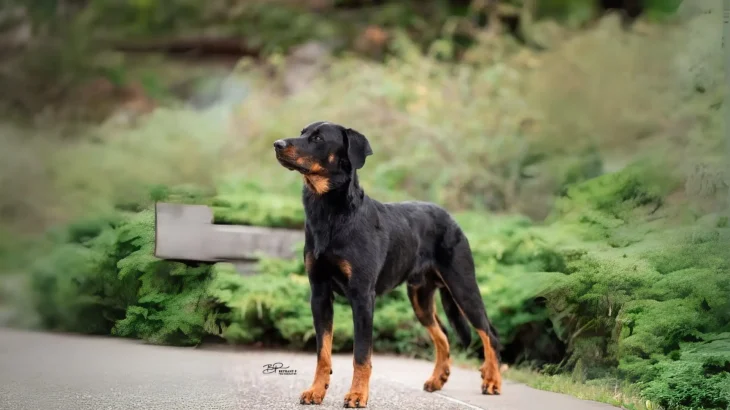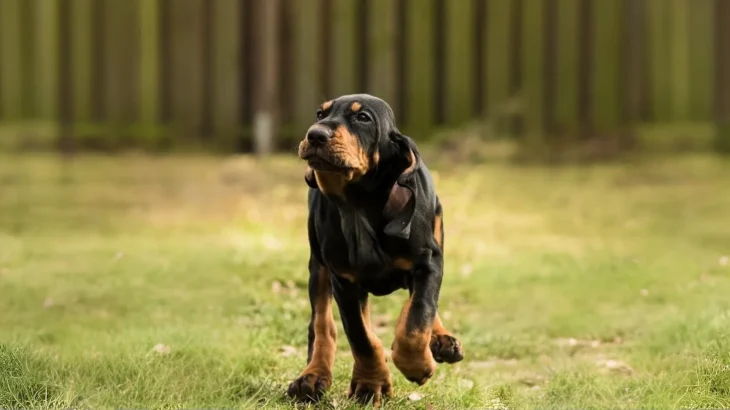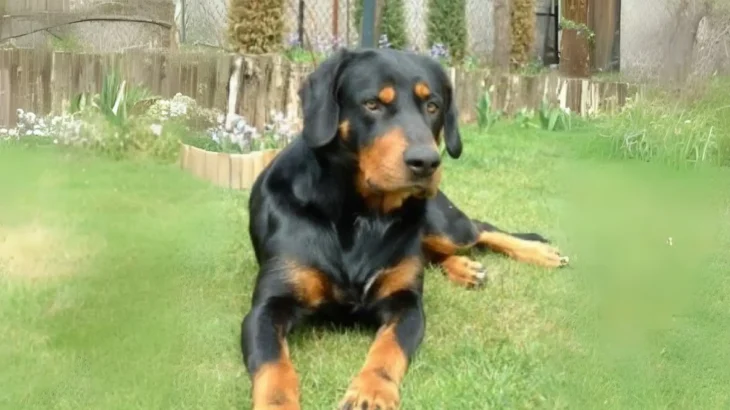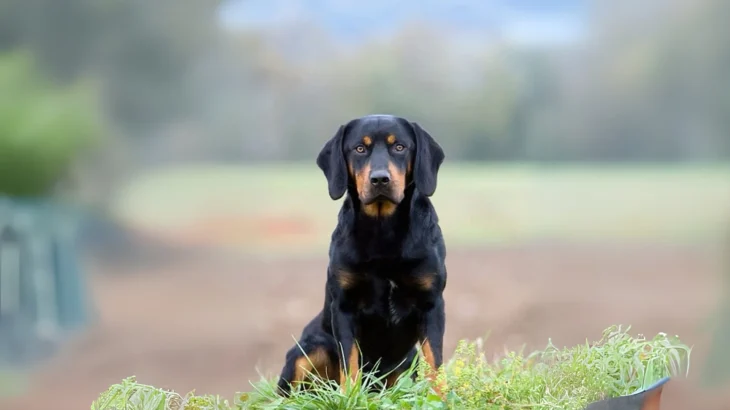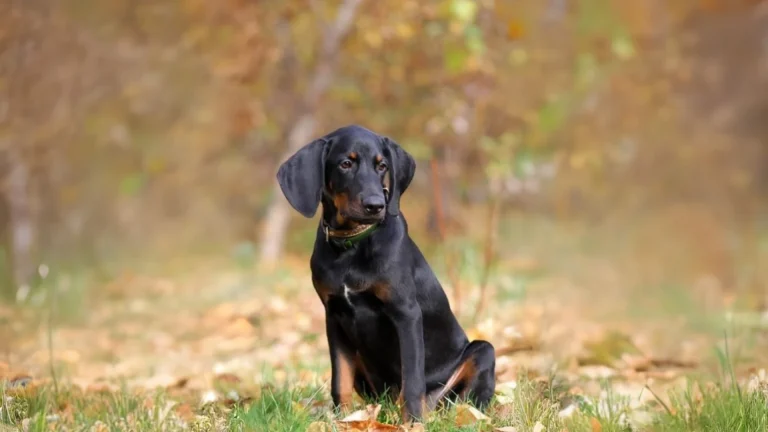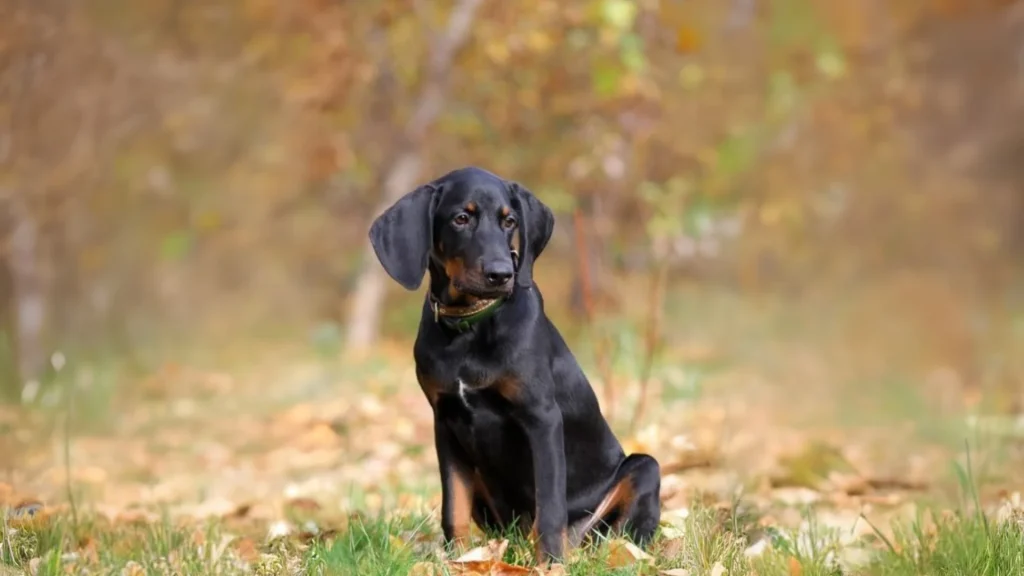Deciding whether to adopt or purchase a Black Forest Hound puppy depends on what you value: predictability and pedigree or giving a dog a second chance. Buying from a reputable breeder often provides more information on the puppy's lineage and health, while adopting offers a rewarding way to provide a loving home to a dog in need.
Adoption vs. Breeder: Pros & Cons
| Criteria | Buying from Breeder | Adopting from Shelter/Rescue |
|---|---|---|
| Cost | Higher initial cost, reflecting pedigree and breeder care. | Generally lower fees, more budget-friendly. |
| Health History | Usually detailed health and genetic info available. | Health records may be limited or unknown. |
| Age Availability | Mostly young puppies, allowing early bonding and training. | Varied ages, including adults who may be trained. |
| Temperament Insight | Breeders may provide temperament info based on lineage. | Temperament assessed through observation; background less clear. |
| Supporting Practices | Supports selective breeding focused on breed standards. | Supports animal welfare by rescuing dogs in need. |
| Ethical Considerations | Important to ensure breeder follows ethical standards to avoid puppy mills. | Promotes responsible pet ownership and reduces shelter populations. |

